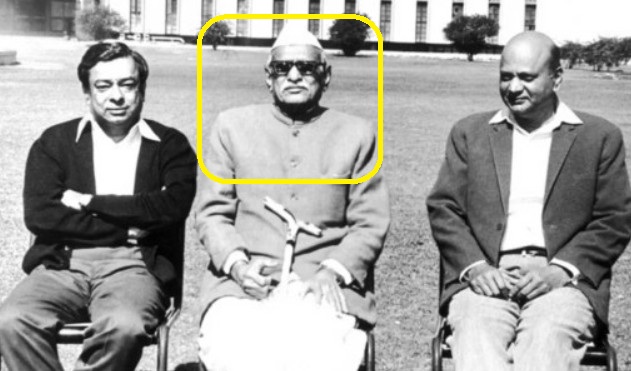Note4Students
From UPSC perspective, the following things are important :
Prelims level: Tribhuvandas Patel
Why in the News?
The Lok Sabha recently passed a Bill to establish Tribhuvan Sahkari University in Anand, Gujarat, in honour of Tribhuvandas Kishibhai Patel, a visionary leader known as the “father of the cooperative movement” in India, particularly in dairy farming.

Who was Tribhuvandas Patel?
- Patel was born in 1903 to Kishibhai Patel and Lakhiba in Anand, Gujarat. He was an alumnus of Gujarat Vidyapith and was deeply influenced by Mahatma Gandhi.
- A dedicated freedom fighter, Patel participated in the civil disobedience movement, campaigns against untouchability, and the salt satyagraha.
- He was jailed in 1930 for his participation in the Salt Movement.
- He is widely recognized as the “father of the cooperative movement” in India, particularly for his transformative work in the dairy industry.
Patel’s Contribution to the Cooperative Movement
- In 1946, Patel founded the Kaira District Cooperative Milk Producers’ Union Limited (KDCMPUL), known later as Amul, to empower farmers and challenge the monopoly of the Polson Dairy in Anand, Gujarat.
- Patel collaborated with Verghese Kurien, a mechanical engineer, to modernize the dairy plant and increase milk production. This collaboration eventually led to the White Revolution in India.
- Patel was also instrumental in setting up the Gujarat Cooperative Milk Marketing Federation (GCMMF), the National Dairy Development Board (NDDB), and the Institute of Rural Management Anand (IRMA), which played a pivotal role in cooperative dairy farming and rural development.
- After his retirement, Patel used funds from the cooperative community to establish the Tribhuvandas Foundation, focused on community health and welfare.
Cooperative Movement in India:
|
| [UPSC 2011] In India, which of the following have the highest share in the disbursement of credit to agriculture and allied activities?
(a) Commercial Banks (b) Cooperative Banks (c) Regional Rural Banks (d) Microfinance Institutions |
Get an IAS/IPS ranker as your 1: 1 personal mentor for UPSC 2024
